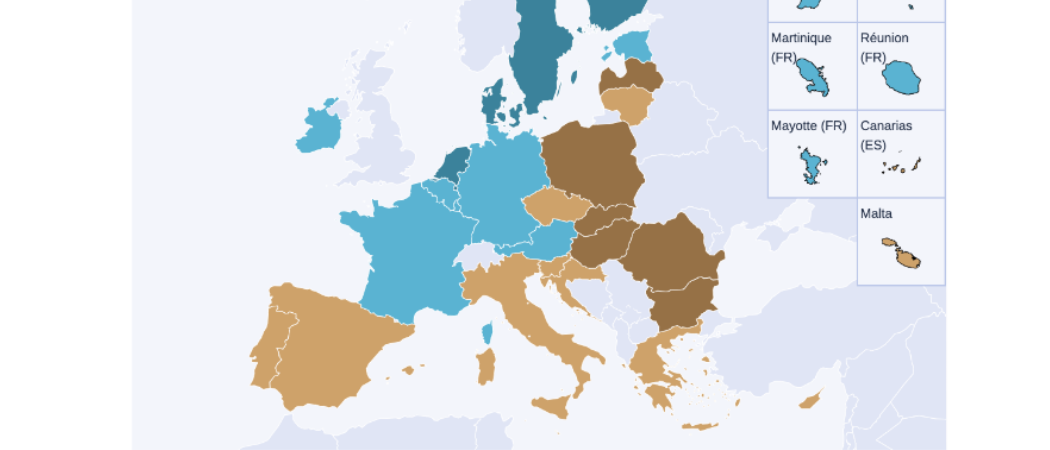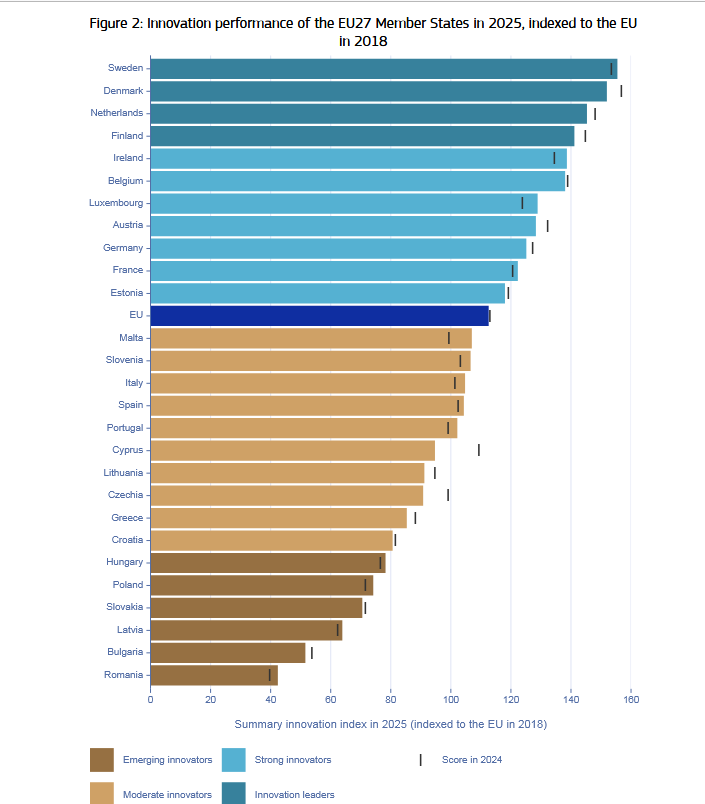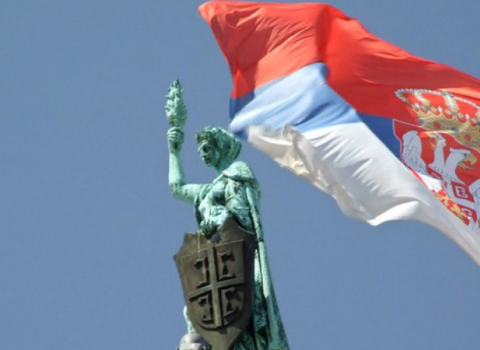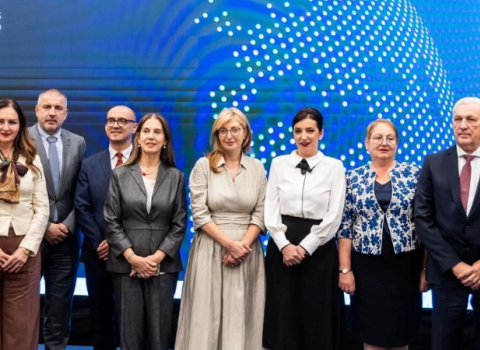Innovation is still concentrated in western and northern Europe, according to 2025 European Innovation Scoreboard

Innovation performance of the EU27 Member States in 2025. Photo credits: European Union
Widening countries have demonstrated stronger improvement in innovation performance since 2018, yet the innovation gap with other EU states persists, according to the latest European Innovation Scoreboard.
The report assigns an overall innovation performance score to each country, quantified as a percentage of the EU’s score from 2018. In the round, the EU’s performance overall has risen by 12.6% since 2018.
While all individual EU countries have also improved their innovation performance in the last seven years, Widening countries have recorded "notably strong improvements well above the average," the report says, in some cases at a faster rate than western nations.
The scoreboard divides EU states into four categories: emerging innovators, with performance below 70% of the EU average in 2018; moderate innovators (70-100%); strong innovators (100-125%) and innovation leaders (above 125%).
Estonia, a Widening country, recorded the largest gain in this year’s scoreboard, with 30-point increase, earning it a promotion to the strong innovators category.
Another success story among the Widening countries is Croatia, which improved by 19.4 points, moving up from the emerging innovators to the moderate innovators group.
Several other Widening countries (Poland, Cyprus, Lithuania, Slovenia, Malta, Czechia and Hungary) posted gains of over 15 points. In comparison, innovation leaders such as Sweden and Denmark saw increases of around 12 points.
Despite these gains, innovation excellence continues to be geographically concentrated in northern and western Europe, while the overall performance of the southern and eastern countries that joined the EU after 2004 still ranks below the EU average.

Two-tier scheme
Divergence is growing not only between performance groups but also within them, as not all eastern European countries are catching up at the same pace. For example, within the emerging innovators group, countries such as Croatia, Poland and Slovakia are improving more rapidly than Romania, Bulgaria and Latvia, thereby slightly increasing the internal gap.
“The 2025 scoreboard confirms our long-term progress, but also highlights the urgent need to do more and to close persistent gaps between the different parts of Europe,” said Ekaterina Zaharieva, the European commissioner responsible for research and innovation.
To address this growing disparity, the European Commission is planning to introduce a two-tier eligibility scheme in the post-2027 Widening programme, by splitting the current group of 15 eligible countries. A new category of “transition countries” would be created for current Widening member states that have been able to show progress in the EU innovation scoreboard increased their participation in Horizon Europe.
Under this proposed structure, the Widening countries would be Bulgaria, Croatia, Czechia, Hungary, Latvia, Lithuania, Poland, Romania and Slovakia, while the transition countries would be Cyprus, Estonia, Greece, Malta, Portugal and Slovenia.
However, the logic behind the classification has raised some questions. Czechia, for instance, outperforms Greece according to the latest scoreboard and the 2024 scoreboard, but it would remain in the Widening group, while Greece would be moved to the transition group. The rationale for such decisions has yet to be clarified.





 A unique international forum for public research organisations and companies to connect their external engagement with strategic interests around their R&D system.
A unique international forum for public research organisations and companies to connect their external engagement with strategic interests around their R&D system.